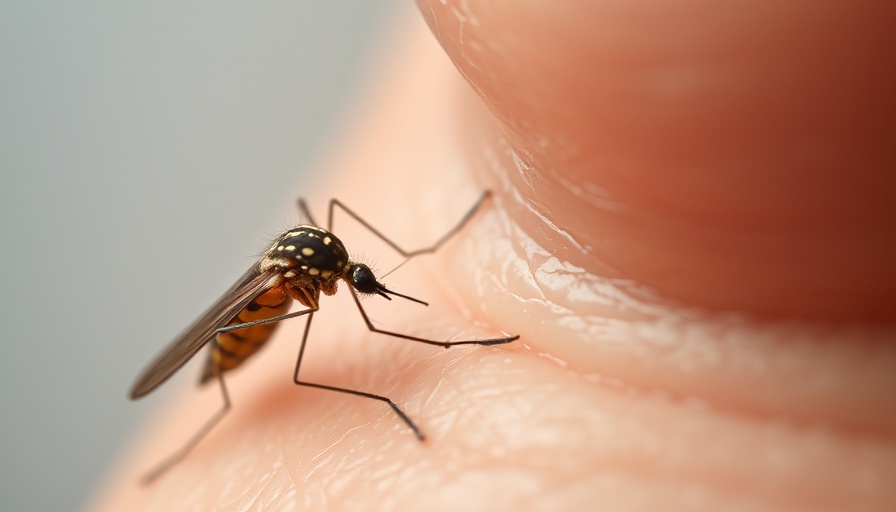
Health Risks of Swimming in Contaminated Water
Swimming in polluted water is a concern many families face, as highlighted by recent criticism aimed at HHS Secretary Robert F. Kennedy Jr. after he and his grandchildren enjoyed a swim in Rock Creek, a body of water notorious for its high bacteria levels. With official health advisories in place warning against contact with these waters, the risks associated with such activities cannot be understated. High levels of bacteria, including E. coli, pose significant health threats not only to humans but also to pets that might come in contact with the water. The D.C. Water and Sewer Authority has emphasized that chronic contamination from sewage and stormwater runoff contributes to these dangerous conditions.
Understanding the Impact of Bacterial Infections
The repercussions of exposure to polluted waters can be severe. Swimming in contaminated water can lead to gastrointestinal illnesses, skin infections, and other serious health issues. Parents, especially, must be vigilant about the dangers of letting children play in areas where the water is known to be unsafe. It is important to recognize the symptoms of bacterial infections, which can include fever, diarrhea, and unusual skin rashes. Being informed helps families make safer choices regarding recreational activities in natural bodies of water.
Preventative Measures to Protect Your Family
While enjoying nature is essential for family bonding and health, parents should prioritize their family's safety. Following advisories from local health departments is crucial. Understanding how to read warning signs about water quality can protect against unexpected health issues. Furthermore, families should explore alternative, safer recreational activities that do not involve swimming in potentially hazardous waters. Organizing hikes, picnics, or visits to cleaner lakes and swimming facilities can be joyful and safer ventures.
Public Figures and Their Responsibility
When public figures like RFK Jr. engage in risky behavior, it draws attention and raises questions about their judgment. As advocates for health, their actions could set a precedent for their followers, particularly during a time when public health is a priority. The duty of those in leadership positions is to model sound health practices. Their decisions should encourage safe habits and convey a strong message about public health standards.
Our Collective Responsibility for Safe Public Spaces
Ultimately, protecting public health is a shared effort. Efforts from government agencies to monitor water quality, coupled with community vigilance, are vital in preserving safe recreational spaces. Awareness campaigns educating the public about the dangers of contaminated water can reduce health risks for everyone. As families, staying informed and engaged in community health initiatives ensures we all contribute to a healthier environment.
To learn more about drug safety, potential interactions, and over-the-counter medications, contact us for more details. Your health and safety are paramount.
 Add Row
Add Row  Add
Add 




Write A Comment